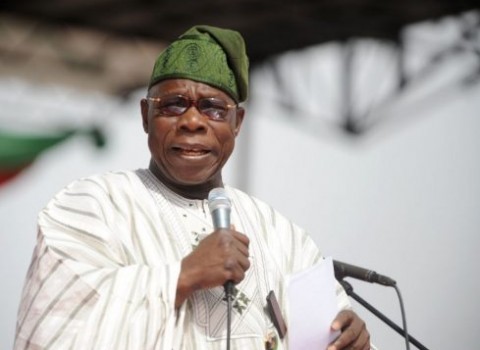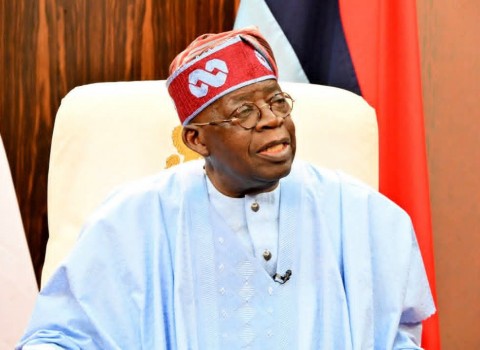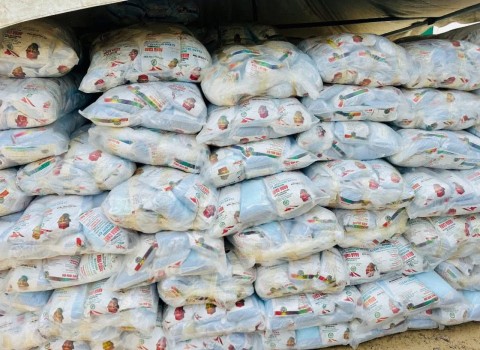By Comrade Aminu Abdussalam Gwarzo
Our attention has been drawn to an article written by Yusha’u A. Ibrahim in your Inside Politics page, captioned Kwakwasiyya and its impact on Kano Politics in your Sunday edition of February 22, 2020 on page 37. We are particularly concerned about the spurious claims and deliberate falsehood the article is intended to promote among the unsuspecting members of the public and political stakeholders in the country.
Not only that, the strategic choice of the medium, the front page banner headline and the choice of timing of its publication all point to the self-serving intent and purpose of the principal architects of the write-up. The apparent objective of the publication is to show to the world that their unceremonial exit from the movement and the party probably signaled the end of Kwankwasiyya politics in the state, and therefore, the untimely retirement of its leader, Senator Rabi’u Musa Kwankwaso from Nigerian politics.
We are, therefore, compelled by circumstance to respond to this blatant disinformation and cheap propaganda in order to correct the wrong impression imbedded in the said publication. Specifically, we are baffled by the erroneous assertion made in the article, that “the movement (Kwankwasiyya) started as PDP Zalla and later changed to Kwankwasiyya immediately after PDP lost the 2007elections,” and that “the idea of the movement was conceived by Rabi’u Suleiman Bichi,” the former Secretary to the Kano State Government and the immediate past chairman of the PDP in Kano. Governor Ganduje also claimed that he, together with Bichi, formed the movement, insisting that he even “suggested its formation, name and dress code.
These and many similar statements from Ganduje and Rabi’u Suleiman Bichi were perhaps used to buttress their presumed pivotal role in the success of the movement, and therefore, their exit might somehow affect the movement. All these assertions are untrue. Ironically, although these two people were not among the members of the committee that was tasked with the responsibility of forming the movement, however, they became its ultimate beneficiaries.
For the records, the history of the ideology of political movement led by Rabi’u Musa Kwankwaso, which later metamorphosed into a formal political organisation (Kwankwasiyya), is deeply rooted in his philosophy and belief that politics should be used as a tool to selflessly serve the common man, and that politicians should be seen as honest people, transparent and accountable to the people they serve. This philosophy actually started earlier than 2007 as speculated by Bichi.
In fact, it started with Senator Kwankwaso’s active involvement in student union politics back in the early 1980s in Kaduna Polytechnic, and later in the university in Great Britain, where he rallied political like-minds around him to support a shared dream of promoting good cause and better governance. This was part of his belief and passion in the progressive politics of Malam Amino Kano’s democratic humanism and the PRP manifesto.
This was the springboard which propelled his political career and ushered him into the national political scene. Contrary to Bichi’s claim, the conception of the idea of the movement and its formal structuring into an intraparty pressure group within the PDP was initiated by Senator Rabi’u Musa Kwankwaso himself by forming a committee of five, consisting of some trusted members of the group, of which neither Governor Ganduje nor Rabi’u Suleiman Bichi were members.
This committee was essentially formed to harmonise and streamline the numerous groupings, organisations and associations which sprang up to support Sen Kwankwaso within the fractured PDP in the state. In fact, the name Kwankwasiyya was once mooted during the 2003 electioneering campaign rally by two senior members of the gubernatorial campaign team. However, the coinage was not popularised until 2009 by one of the support groups in the state.
Many other groups later followed with almost similar coinages to signify their loyalty to the Kwankwaso group. After a careful scrutiny of the various coinages and names presented to the committee, the name Kwankwasiyya was found to be most appropriate for the movement, and therefore, adopted.
With this issue resolved, a five-man state coordination structure was formed and presented to Senator Kwankwaso, who thereafter nominated Rabi’u Suleiman Bichi to head the state coordinating team. All these activities happened while Gov Ganduje was in Chad. This was the closest any of the duo ever came, in terms of their contribution to the movement at inception. On Ganduje’s claim that he and Bichi formed and named the movement, the contradiction inherent in the statement is enough to put off a critical reader.
This is because looking at Bichi’s earlier assertions, either one of them is not telling the truth, or both of them are deceiving each other and probably the gullible ones in the public. Ganduje’s other claim that he introduced the Kwakwasiyya dress code is also not true. In fact, the white attire and red cap dress code was adopted during one of the meetings of the local organising committee for the 2011 PDP presidential campaign rally in Kano. This was deliberately chosen as a mark of respect and honour for Senator Kwankwaso’s mentor and political role model, the late Malam Aminu Kano. Subsequently, this dress code was formally adopted as Kwankwasiyya mode of dressing at the 2011 swearing-in ceremony and thereafter.
It is, however, interesting to note that ever since its formation, the impact of Kwakwasiyya movement has astronomically gone beyond the confines of Kano State as the article in question wants us to believe. Instead, as a political movement, Kwakwasiyya is now a formidable national political brand which permeates the national political landscape with millions of members, sympathizers and support groups cutting across ethnic and religious boundaries.
Comrade Gwarzo was a PDP deputy governorship candidate in Kano State




